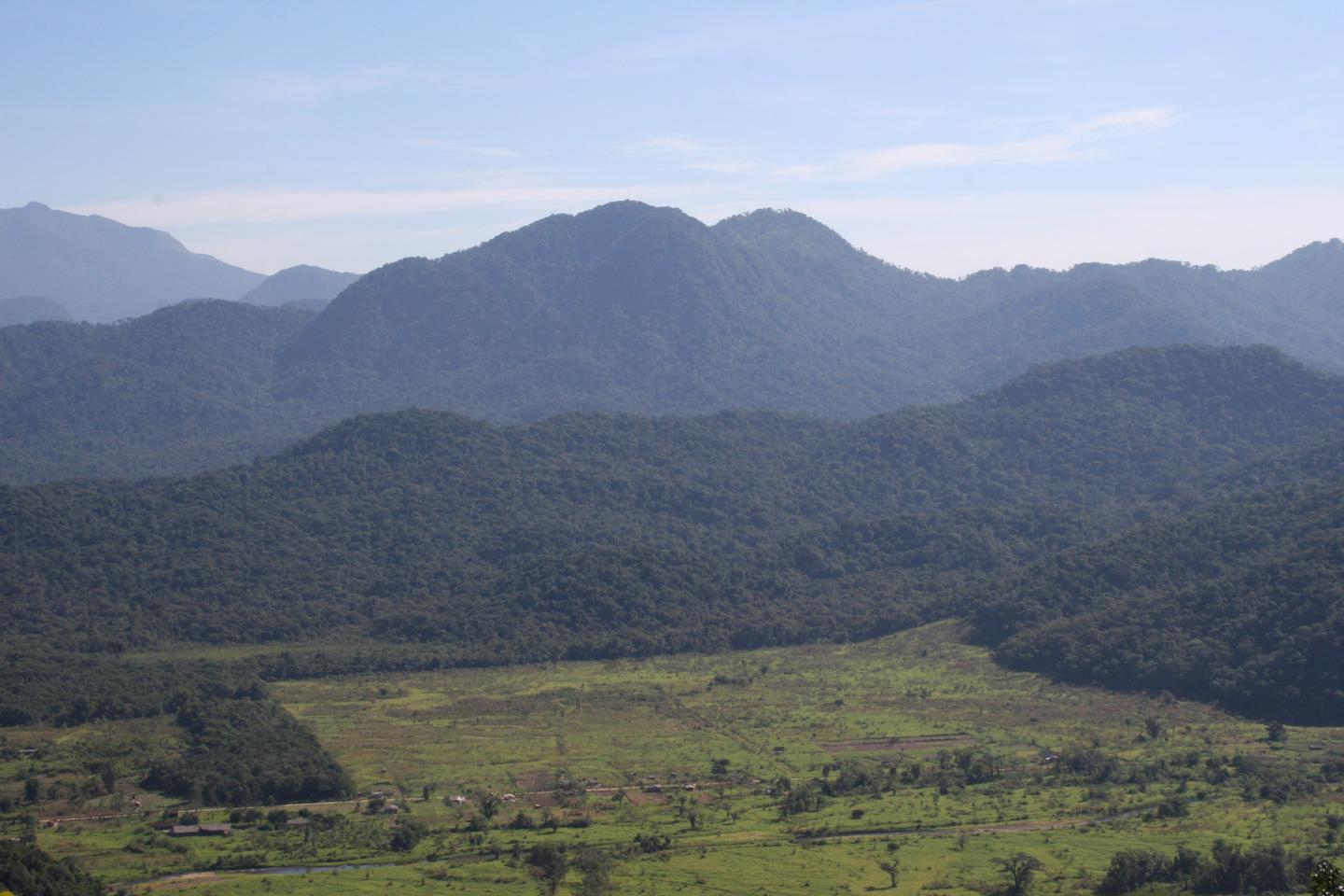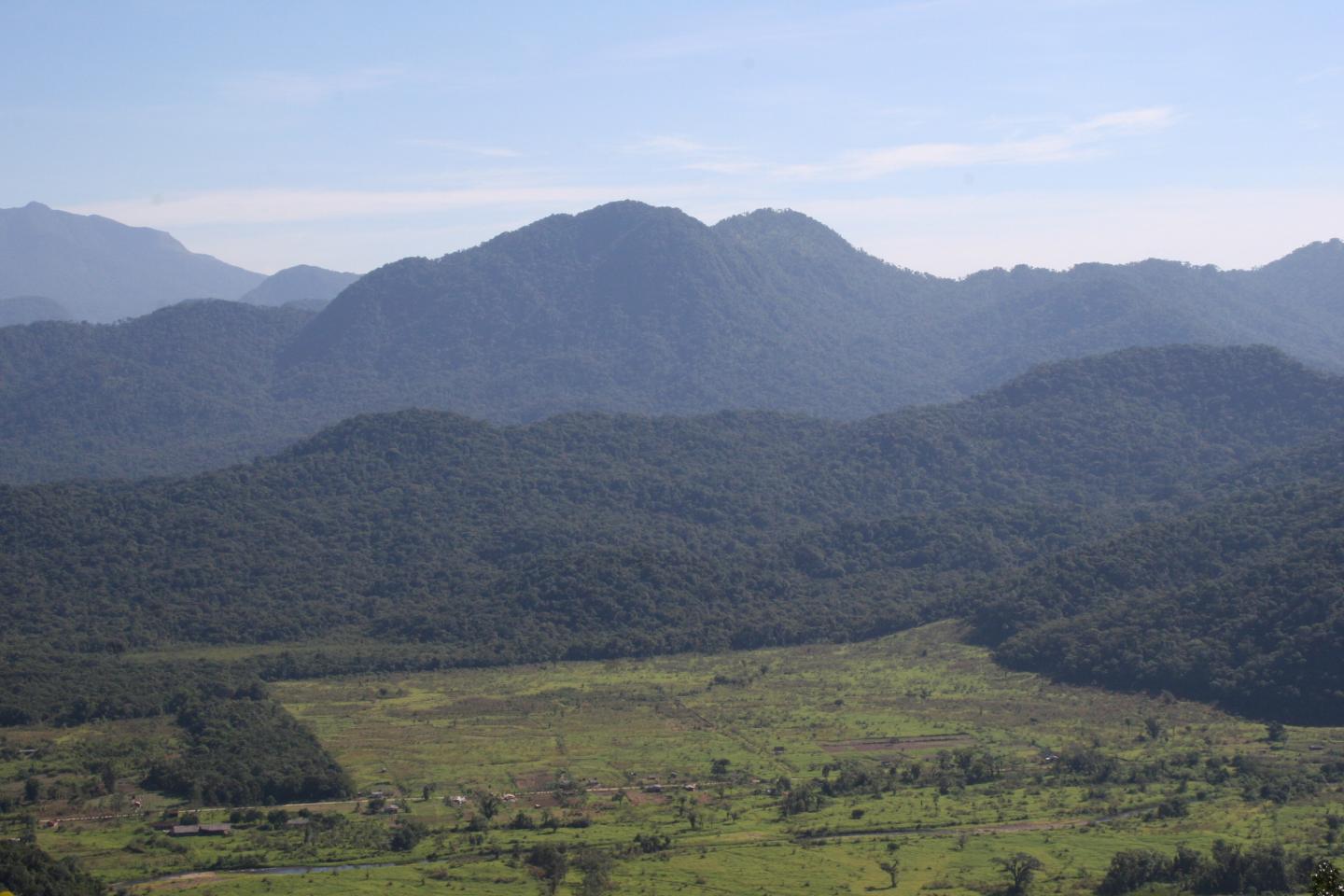
Credit: Dan Bebber
National parks and nature reserves in South America, Africa and Asia, created to protect wildlife, heritage sites and the territory of indigenous people, are reducing carbon emissions from tropical deforestation by a third, and so are slowing the rate of global warming, a new study shows.
An audit of the role protected areas of tropical forest play in preventing global warming shows they are preventing the release of three times as much carbon into the atmosphere as the UK emits each year.
Protected areas account for 20 per cent of the world's tropical forest and play a crucial role in providing habitats for species including tigers, Asiatic lions, jaguars and forest elephants. They are also designated to conserve world heritage sites such as the historic Incan ruins of Machu Picchu in Peru, and to preserve territory for indigenous peoples in South America.
Research by the University of Exeter and University of Queensland Australia shows that protected areas of forest are preventing millions of tonnes of carbon emissions from being lost through logging and deforestation. The study, published in Scientific Reports, is the first to analyse the impact of all protected areas of tropical forest on reducing carbon emissions.
Tropical forests account for around 68 per cent of global forest carbon stocks, including trees, canopy and root systems. But rainforests are under pressure from clearing to produce cash crops such as soya beans in South America and palm oil in South East Asia. In Africa, tropical forest is being cleared for agriculture and to produce charcoal for local use in cooking. Deforestation releases nearly twice as much carbon than is absorbed by intact forests, further highlighting the importance of protected areas.
Dr Dan Bebber, an ecologist at the University of Exeter, and Dr Nathalie Butt of the University of Queensland, analysed the likely level of tree loss in protected areas – and the resulting carbon emissions – had they not been defended from deforestation. The ecologists analysed the carbon stocks and losses of millions of hectares of protected areas such as national parks, world heritage sites, reserves for indigenous people, tourist sites and areas to protect endangered species. They found that protecting tropical forests cut predicted carbon emissions by around a third from 2000-2012.
Dr Bebber said: "Tropical protected areas are often valued for their role in safeguarding biodiversity. Our study highlights the added benefit of maintaining forest cover for reducing carbon dioxide emissions to the atmosphere, so helping slow the rate of climate change"
From 2000 to 2012, tropical protected areas reduced carbon emissions by 407 million tonnes per year, equivalent to 1492 million tonnes of CO2 per year.
Protected forest area in South America – including Brazil – prevented 368.8 million tonnes of carbon per year being released between 2000 and 2012.
In Asia, protected areas of forest, including nature reserves protecting animals such as tigers and orangutans, stopped 25 million tonnes of carbon per year being released.
Protected areas of forest in Africa, including reserves to protect lowland mountain gorillas, saved 12.7 million tonnes of carbon per year, which would have been released had the areas not been protected from being cleared.
The UK's annual CO2 emissions are around 404 million tonnes per year. Therefore, the saving is more than three times the UK's annual production of carbon dioxide emissions.
Total annual carbon emissions from the tropics are thought to be between 1 and 1.5 billion tonnes of carbon per year, equivalent to 3.67 to 5.05 billion tonnes of CO2.
There was concern that protecting areas of forest would increase clearing outside their boundaries, but the authors found no measurable increase in logging in areas of rainforest just outside protected areas.
###
Media Contact
Marie Woolf
[email protected]
07-824-545-608
@uniofexeter
http://www.exeter.ac.uk
Related Journal Article
http://dx.doi.org/10.1038/s41598-017-14467-w





